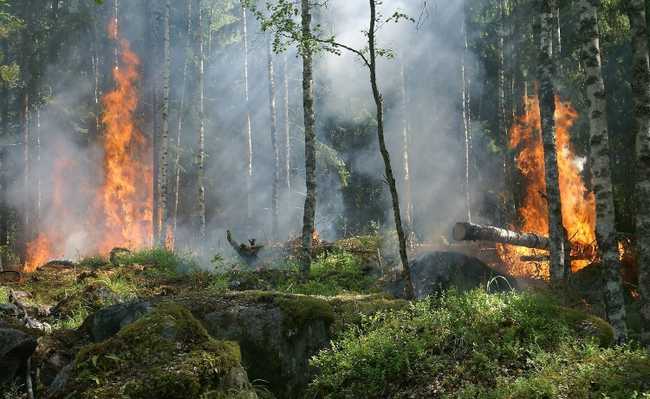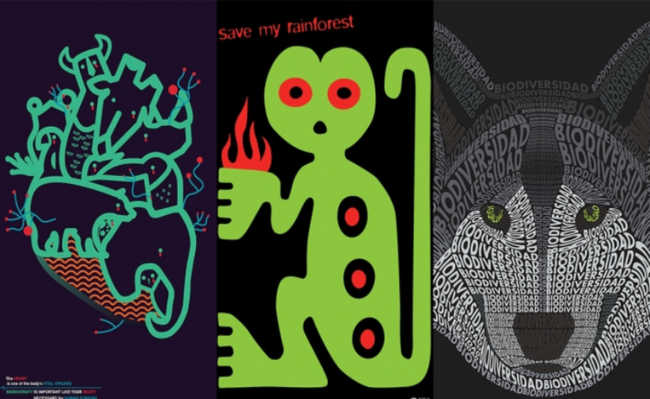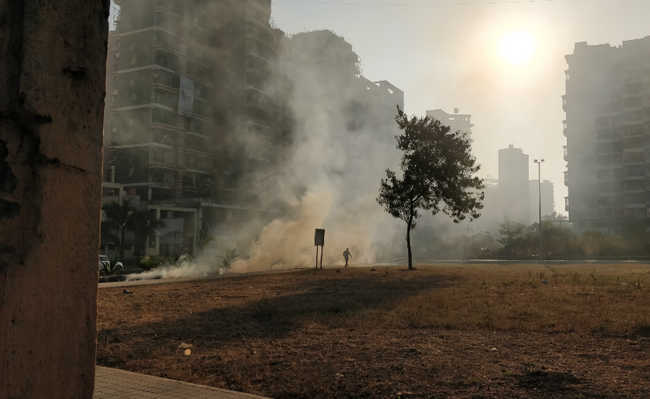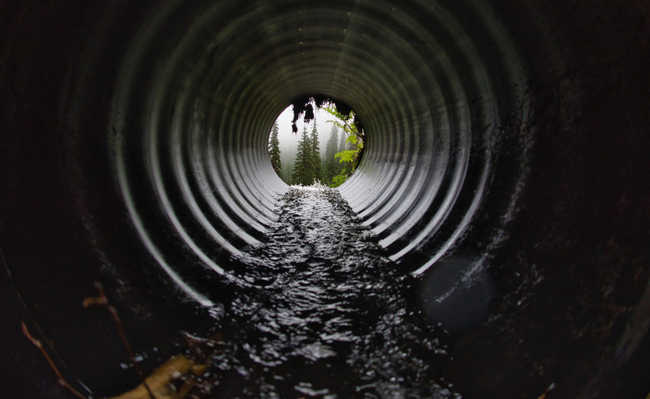Learn more about burnings in the Amazon
The burnings in the Amazon affect the balance of ecosystems, human health and the planet as a whole

Image of Ylvers in Pixabay
The burning of forest biomass as an agropastoral practice used in rural areas is a recurrent and old technique in the country. It is a strategy that is characterized as one of the main global contributors to the emission of greenhouse gases. In recent years, the growth of burning in the Amazon has drawn great attention to the problem. This practice affects the balance of ecosystems present in the region, human health and, consequently, the planet.
The Amazon has geographic and environmental characteristics that are different from the rest of the country. These conditions favor the exposure of the Amazon population, making them more vulnerable to the effects of fires. Understand the main causes and consequences of burning in the Amazon and the current situation of this practice in the country.
Knowing the Amazon
The Amazon is an 8 million km2 region that spans nine countries in South America and comprises a set of ecosystems, in which the Amazon River watershed and the Amazon Forest are involved. In addition to harboring the greatest biodiversity on the planet, the Amazon is responsible for providing countless ecosystem services that are fundamental to the quality of life of the human population, such as climate regulation, clean drinking water and clean air.
The Amazon Forest is the largest equatorial forest in the world, occupying an area of approximately 6.7 million km2. It covers about 40% of the Brazilian territory, in addition to occupying portions of the territories of Venezuela, Colombia, Bolivia, Ecuador, Suriname, Guyana and French Guiana. In Brazil, it occupies practically the entire northern region, mainly the states of Amazonas, Amapá, Pará, Acre, Roraima and Rondônia, in addition to northern Mato Grosso and western Maranhão.
In addition, the Amazon region is also home to the largest hydrographic basin and the largest river in the world in terms of water volume: the Amazon River, with 6,937 km in length. In addition to Brazil, the Amazon basin extends to parts of Bolivia, Colombia, Ecuador, Guianas, Peru, Suriname and Venezuela.
In addition to providing several ecosystem services, the Amazon is home to the largest biodiversity reserve on the planet. It is also worth mentioning that the region is home to a large part of the Brazilian indigenous peoples. Therefore, ensuring their conservation guarantees the natural sustainability and survival of the culture of these peoples.
Types of forest fires
According to the study “Clarifying the fire crisis in the Amazon”, there are three main types of fire in the Amazon. The first type of fire occurs from deforestation. First, the vegetation is cut down and left to dry in the sun. Then fire is used to burn vegetation. Burning has the function of preparing the deforested area for agriculture or livestock.
The second type of fire occurs in areas used for agriculture that have been previously deforested. An example cited in the study concerns ranchers, who use fire to eliminate weeds and pastures. Small farmers, indigenous peoples and traditional peoples also use fire in slash-and-burn agriculture.
The third type of fire, called forest fire, is one in which fire can invade forests. When this first occurs, the flames are mostly restricted to the understory. However, when the practice becomes recurrent, forest fires become more intense.
Historical context of burning in the Amazon
Characterized among the main global contributors to the emission of greenhouse gases, the burning of biomass is a recurrent and old practice in Brazil. However, global awareness of its possible impacts is relatively recent.
Currently, deforestation and burning are two of the biggest environmental issues facing Brazil. Although distinct, the two practices are traditionally associated, since the clearing of vegetation is almost always succeeded by burning forest biomass to “clean” the area.
In this context, the Amazon remained conserved until the inauguration of the Transamazon Highway in 1970, considered the starting point for the “modern” era of deforestation. From that point on, the intensity and indiscriminate use of burning practices, used to prepare the deforested area for agro-pastoral activities, became a serious environmental problem for Brazil. In addition, tax incentives were a strong driver of deforestation in the following decades.
Main causes of fires in the Amazon
According to the Fire Occurrence Reports (ROI) of the Prevfogo Forest Fire Prevention and Combat Center, there are numerous causes for forest fires and fires. The first is environmental illiteracy, which expresses the lack of knowledge about the systems, interrelations and interdependencies of the processes that ensure life on Earth. Environmental illiteracy is considered the greatest threat to the planet's socio-environmental sustainability.
The second cause mentioned is related to the expansion of agropastoral frontiers. According to the report, the preparation of deforested areas for agro-pastoral activities is the main cause of fires in the Amazon. During this practice, the lack of knowledge about prevention techniques and the factors that influence fire behavior is responsible for the uncontrolled spread of flames throughout the region. In addition to environmental illiteracy and the expansion of borders, natural and behavioral causes are also highlighted. However, it is known that the intensity of these fires is lower and that they generate little impact on the Amazon.
According to the study “Clarifying the burning crisis in the Amazon”, the main causes of forest fires linked to deforestation are the lack of local governance and land speculation. Farmers' livelihoods and extensive livestock management also appear as factors that lead to biomass burning.
Factors contributing to forest fires
The risk and ease of fire spread are influenced by the following factors:
Climatic
Low rainfall and relative humidity and strong winds favor the initiation and propagation of fire in vegetation. The low rainfall in the region during the winter dries out the vegetation cover, facilitating the spread of flames. High temperatures also increase the risk of combustion. Strong and constant winds, in turn, increase evapotranspiration and decrease the relative humidity of the air, favoring the propagation of fire in vegetation.
Topographic
The slope of a location also favors the dispersion of flames in the vegetation. Fire spreads faster the more rugged the terrain. In addition, regions with steep slopes contribute to specific air movement regimes, which also help in the spread of fire.
Types of fuel
The combustion and spread of fire also depend on the organic matter being burned. The nature of fire will depend on the chemical constitution of the biomass and the location where it is found.
Factors that contribute to fires in the Amazon
Despite climate change being pointed out as factors that favor the occurrence of fires in the Amazon, evidence suggests that the increase in fires was not determined by them. The high incidence of fires resulting from the deforestation process was consistent with the images of large-scale fires occurring in deforested areas that were shown in the media, while the huge plumes of smoke reaching high atmospheric levels could only be explained by the combustion of large amounts of plant biomass.
Current situation of fires in the Amazon
The number of fires in the Amazon identified by the Fire Program of the National Institute for Space Research (Inpe), between January and August 2019, was the highest ever recorded since the beginning of monitoring, which took place in 2010. Compared to the same period from the previous year, data collected by Inpe show that fires increased by around 52.5% in this region. In addition, forest fires in the Cerrado and Atlantic Forest also showed high growth compared to the previous period.
The ten municipalities that had the greatest focus of forest fires this year are also those with high deforestation rates, according to a technical note from Ipam (Institute for Environmental Research in the Amazon) on the 2019 fire season. The highest records are in the states of Acre, Amazonas, Mato Grosso, Rondônia and Roraima.
Impacts of fires in the Amazon
Burning is responsible for releasing carbon dioxide (CO2) and methane (CH4) into the atmosphere. These gases contribute to global warming and can change the climate of the Amazon, creating the right environment for other major fires to occur more frequently. It is a vicious cycle. The loss of the largest biodiversity reserve on the planet and the pollution of soil and aquatic environments are also serious consequences generated by fires.
Furthermore, deforestation is responsible for increasing water runoff and, consequently, river discharge. This is because the reduction in vegetation cover decreases water infiltration into the soil and evapotranspiration rates. This process alters the morphological and biogeochemical conditions of aquatic ecosystems, as it causes the export of terrestrial sediments to streams.
Fires also contribute to the increase in cases of respiratory diseases, as they affect air quality. The World Health Organization (WHO), in a document prepared for events related to forest fires, highlights health as dependent on a healthy environment, highlighting the need to address the problem of fire in a changing global context.
In addition to carbon dioxide, other chemical species are produced and released into the atmosphere during fires, such as carbon monoxide (CO), nitrous oxides (NO3) and hydrocarbons. These elements undergo photochemical reactions that help in the formation of secondary pollutants, which act as greenhouse gases and intensify global warming.
10 practical actions to help save the Amazon
- Contribute with donations of goods and time in institutions in favor of preservation;
- Participate in activations, mobilizations and campaigns;
- Sign and disseminate petitions focused on public policies;
- To demand the positioning of brands and people who are relevant to the cause;
- Eliminate or reduce meat consumption. The consumption of meat in Brazil is twice that suggested by the WHO;
- Introduce a vegan diet. According to the UN, a global shift to a vegan diet is vital to saving the world from hunger, fuel shortages and the worst impacts of climate change;
- Consume certified wood and paper;
- Support brands that produce sustainably;
- Support the resistance of indigenous peoples;
- Support agroforestry projects and others with a positive social and environmental impact.
- Implementation of effective and permanent environmental public policies;
- Support for sustainable uses of the forest and best agricultural practices;
- Drastic market restriction for products associated with new deforestation;
- Engagement of voters, consumers and investors in efforts to eliminate deforestation.










